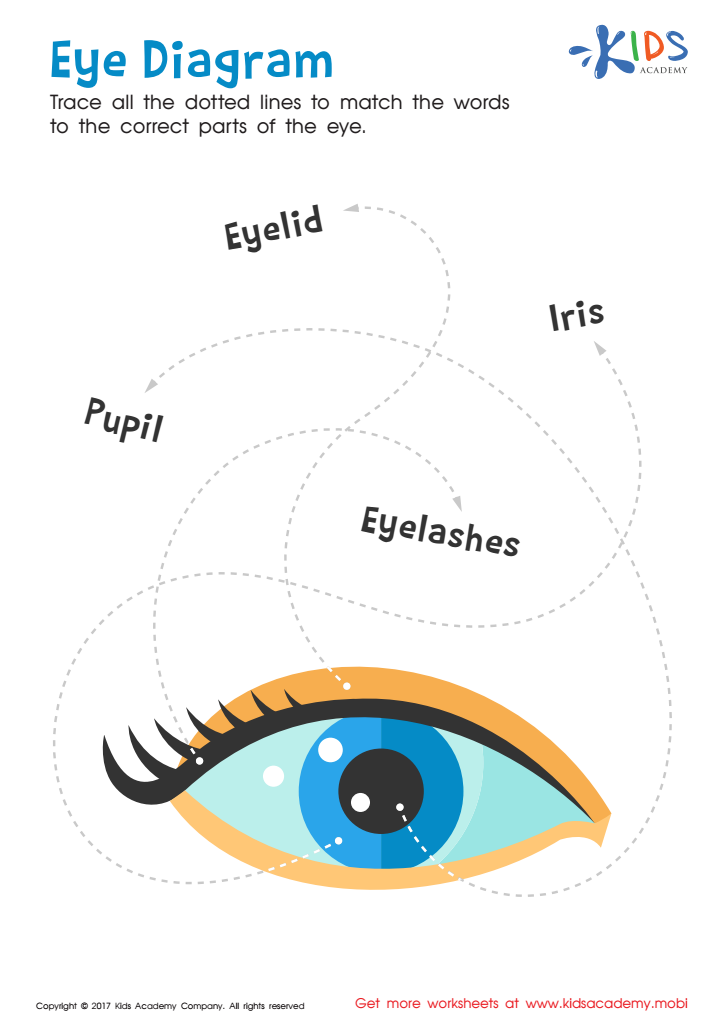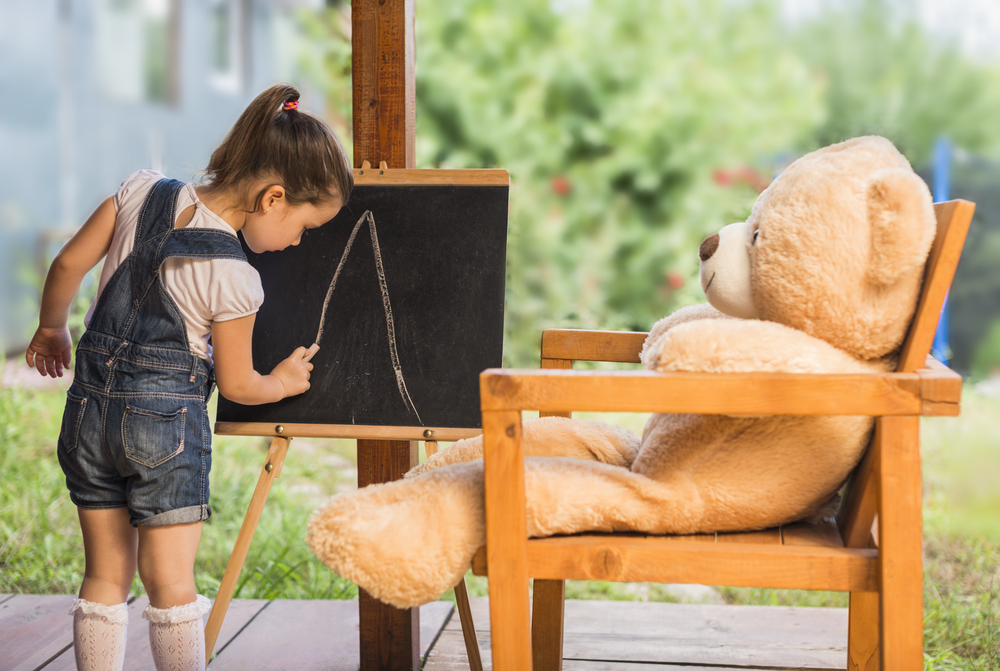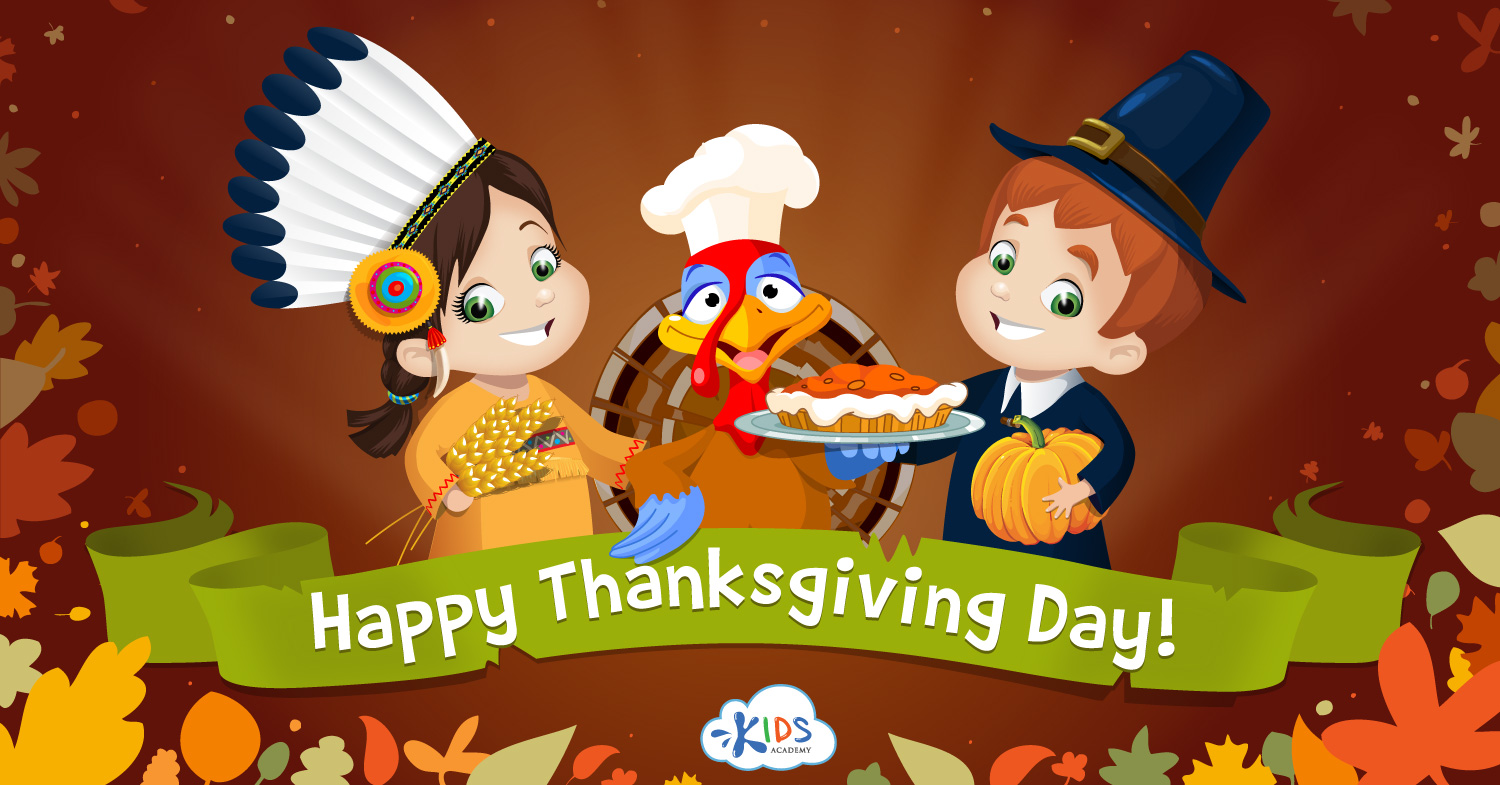Labeling practice Worksheets for Kids
1 filtered results
-
From - To


Eye Diagram Printable
Question/Answer
How to train the Labeling practice skill in Kindergarten students learning about The 5 Senses?
To train labeling practice for the 5 senses in Kindergarten students, engage them in hands-on activities like sorting objects based on which sense is used to experience them, utilizing worksheets that involve matching pictures to the correct sense, and conducting simple experiments that allow students to explore and label their sensory experiences, like taste tests or sound identification games.
How does the mastery of the Labeling practice skill affect a student's performance at an early age?
The mastery of the Labeling practice skill at an early age significantly enhances a student's performance by improving vocabulary, aiding in the development of language and reading skills, fostering better comprehension and memory recall, and facilitating more effective communication. These cognitive advancements contribute to a solid educational foundation, positively impacting overall academic achievement.
What does the Labeling practice skill mean when it comes to Kindergarten The 5 Senses learning?
The labeling practice skill in the context of Kindergarten The 5 Senses learning involves teaching children to identify and name the five senses—sight, hearing, smell, taste, and touch. This skill helps them understand how their senses help them interact with the world and categorize sensory experiences through the process of labeling each sense and its function.
 Assign to the classroom
Assign to the classroom












